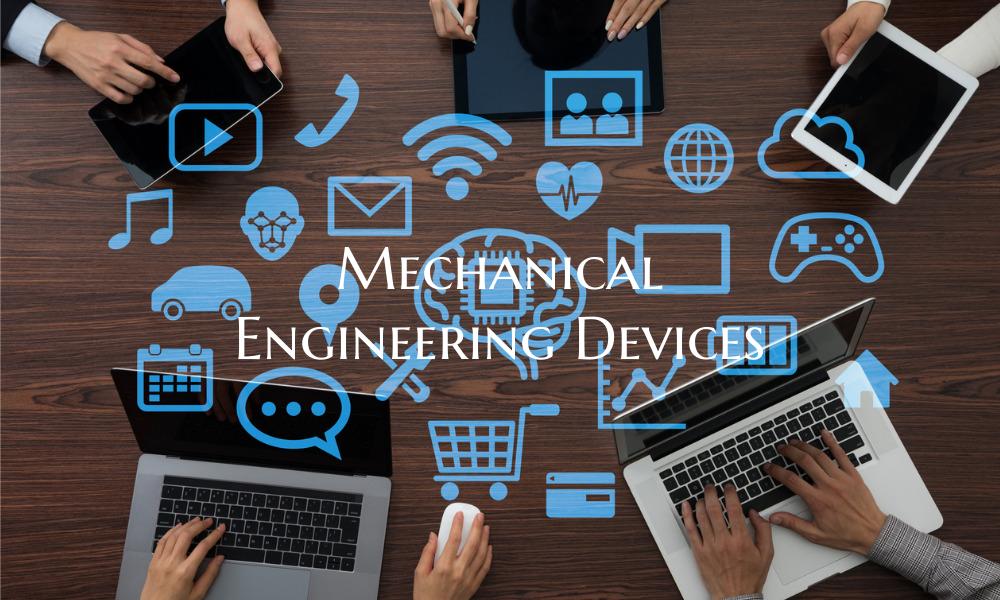Mechanical Engineering Devices
Mechanical Engineering Devices
Mechanical engineering devices are integral components in various industries, ranging from manufacturing and construction to aerospace and automotive. These devices encompass a wide array of tools and systems used by mechanical engineers to design, analyze, and create innovative solutions for a diverse range of challenges. From simple hand tools to complex machinery, mechanical engineering devices play a crucial role in shaping our modern world.
One of the most commonly used mechanical engineering devices is the screwdriver. This simple yet essential tool allows engineers to fasten and unfasten screws in a wide range of applications, from assembling machinery to securing objects in place. Screwdrivers come in various shapes and sizes, each designed for specific types of screws and tasks.
Moving up the complexity scale, mechanical engineers also rely on devices such as hydraulic systems. Hydraulic systems use fluid power to generate, control, and transmit energy, making them ideal for heavy-duty applications like construction equipment, automotive brakes, and industrial machinery. By utilizing the principles of fluid dynamics, hydraulic systems provide high power output with precise control, making them indispensable in various industries.
In the realm of automation, mechanical engineering devices like robots are revolutionizing manufacturing processes. These mechanical marvels are equipped with advanced sensors, actuators, and control systems that allow them to perform tasks with speed, accuracy, and efficiency. From welding and painting to assembly and packaging, robots are transforming the way goods are produced, enhancing productivity and improving safety in industrial environments.
Moreover, mechanical engineering devices also include cutting-edge technologies like 3D printers. These innovative devices use additive manufacturing techniques to create three-dimensional objects layer by layer, offering unprecedented design flexibility and rapid prototyping capabilities. 3D printers are widely used in product development, research, and production, enabling engineers to bring their ideas to life quickly and cost-effectively.
In conclusion, mechanical engineering devices are essential tools that drive innovation and progress across various industries. From simple hand tools to advanced robotics and additive manufacturing technologies, these devices empower engineers to overcome challenges, improve efficiency, and push the boundaries of what is possible. As technology continues to advance, the role of mechanical engineering devices will only become more critical in shaping the future of engineering and beyond.

